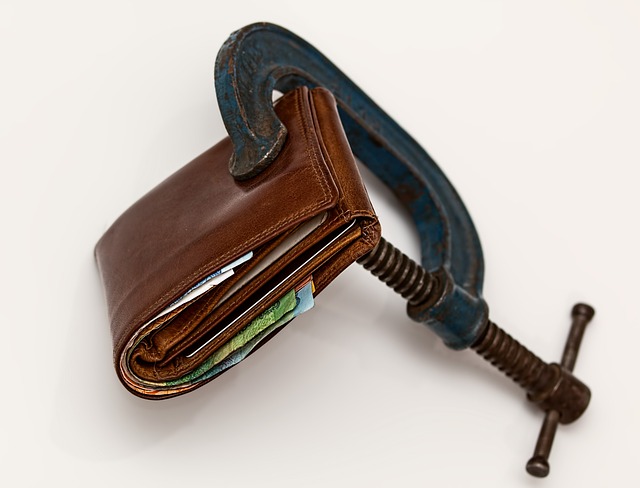Low-interest debt consolidation loans simplify multiple high-interest debt management by combining loans into one with a lower rate, saving money long-term, and offering more manageable monthly payments. This strategy enables faster debt elimination, benefiting those struggling with multiple credit card payments for financial stability. Start with a financial assessment, prioritize high-interest debts, consider consolidation, set up automatic payments, and adjust budgets as needed.
Struggling with multiple loans and credit card payments? Consider personal loan consolidation, a powerful tool offering low-interest debt consolidation loans. This strategic approach can simplify your finances and save you money. By combining multiple debts into one loan with a lower interest rate, you gain control over your repayments and reduce the overall cost. In this article, we’ll explore the benefits and provide a step-by-step guide to help you navigate low-interest debt consolidation loans effectively.
- Understanding Low-Interest Debt Consolidation Loans: Unlocking Financial Freedom
- The Benefits of Combining Personal Loan and Credit Card Repayment
- Strategic Tips for Effective Loan Management: A Step-by-Step Guide
Understanding Low-Interest Debt Consolidation Loans: Unlocking Financial Freedom
Low-interest debt consolidation loans are a powerful tool for individuals burdened by multiple debts, especially high-interest credit cards. By consolidating various loans into one comprehensive loan with a lower interest rate, borrowers can simplify their repayment process and save significant money in the long run. This strategy offers financial flexibility and freedom, allowing individuals to focus on paying off their debt more efficiently.
With these loans, the primary goal is to provide borrowers with a more manageable monthly payment schedule and reduce the overall cost of debt. The lower interest rates make it easier for individuals to stick to their repayment plans, ultimately leading to faster debt elimination. This method can be particularly beneficial for those who have struggled with keeping up with multiple credit card payments, offering a fresh start and a clear path to financial stability.
The Benefits of Combining Personal Loan and Credit Card Repayment
Strategic Tips for Effective Loan Management: A Step-by-Step Guide
Strategic Tips for Effective Loan Management: A Step-by-Step Guide
The first step in managing loans effectively is to assess your financial situation. This involves evaluating your current income, expenses, and existing debt obligations. Understanding where your money goes each month helps you identify areas where you can cut back or make adjustments to free up funds for loan repayment. Once this is done, prioritize your debts, focusing on high-interest items first, such as credit cards. This strategic approach ensures that you’re paying down the most expensive debts faster, saving you money in interest charges over time.
Next, consider consolidating your loans, especially through low-interest debt consolidation loans. By bundling multiple loans into a single loan with a lower interest rate, you simplify repayment and potentially reduce monthly payments. This can be done for both personal loans and credit cards, providing relief from the stress of managing multiple payments. Additionally, set up automatic payments to avoid late fees and ensure consistent progress in repaying your debt. Regularly reviewing your budget and adjusting as needed will keep you on track for financial success.
Personal Loan Consolidation offers a powerful tool for managing debt, especially with low-interest rates. By combining multiple payments into one manageable loan, individuals can simplify their financial obligations and save money in the long run. This article has guided readers through the process, from understanding low-interest consolidation to implementing strategic repayment plans. Embracing these options can be a game-changer for those seeking financial freedom and efficient debt management.
